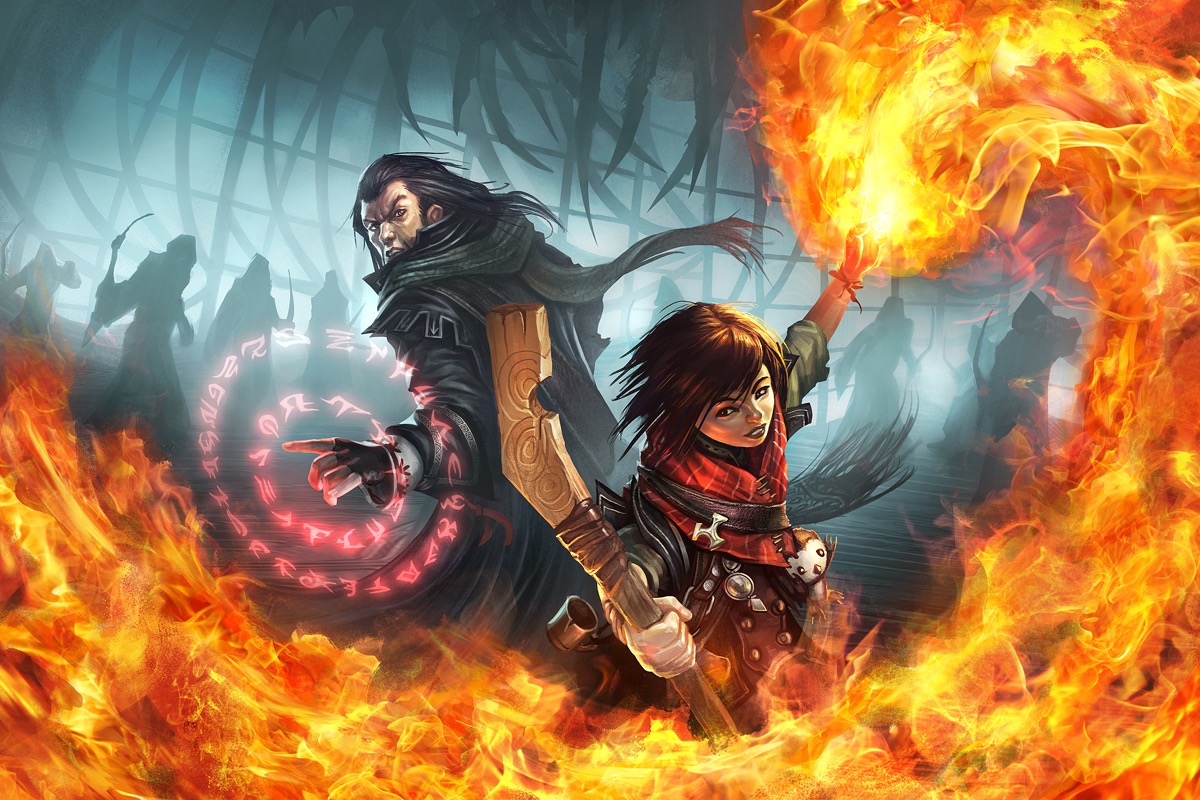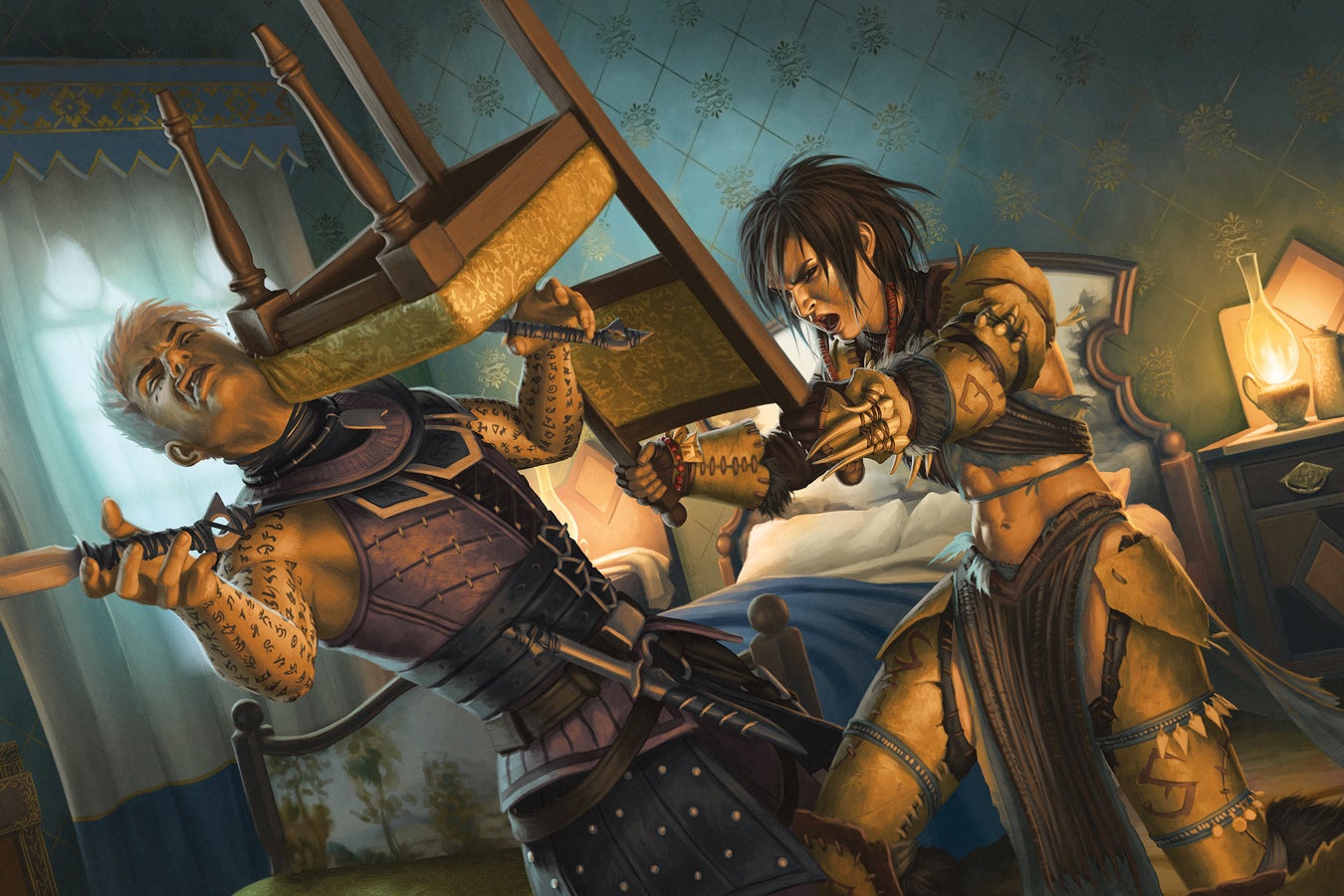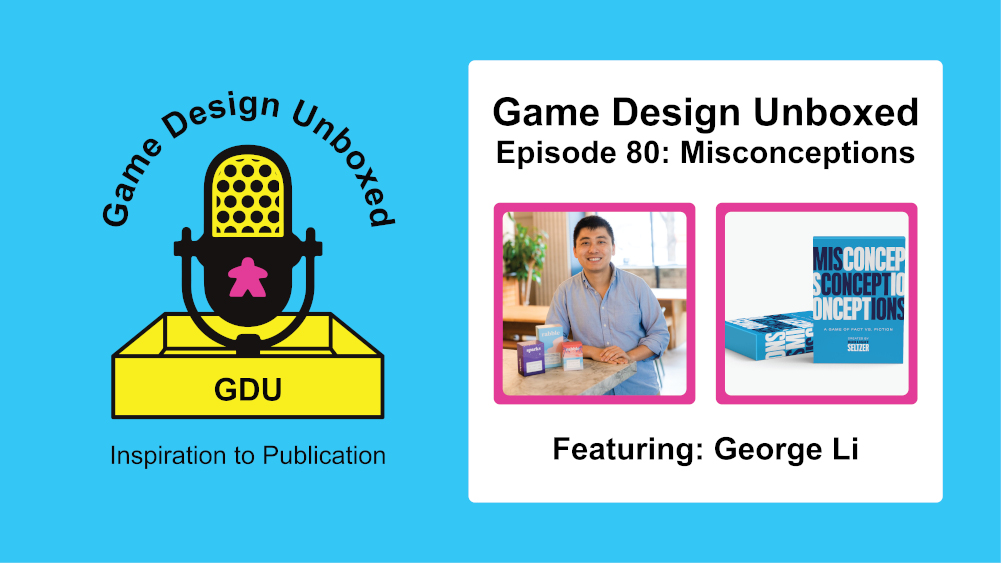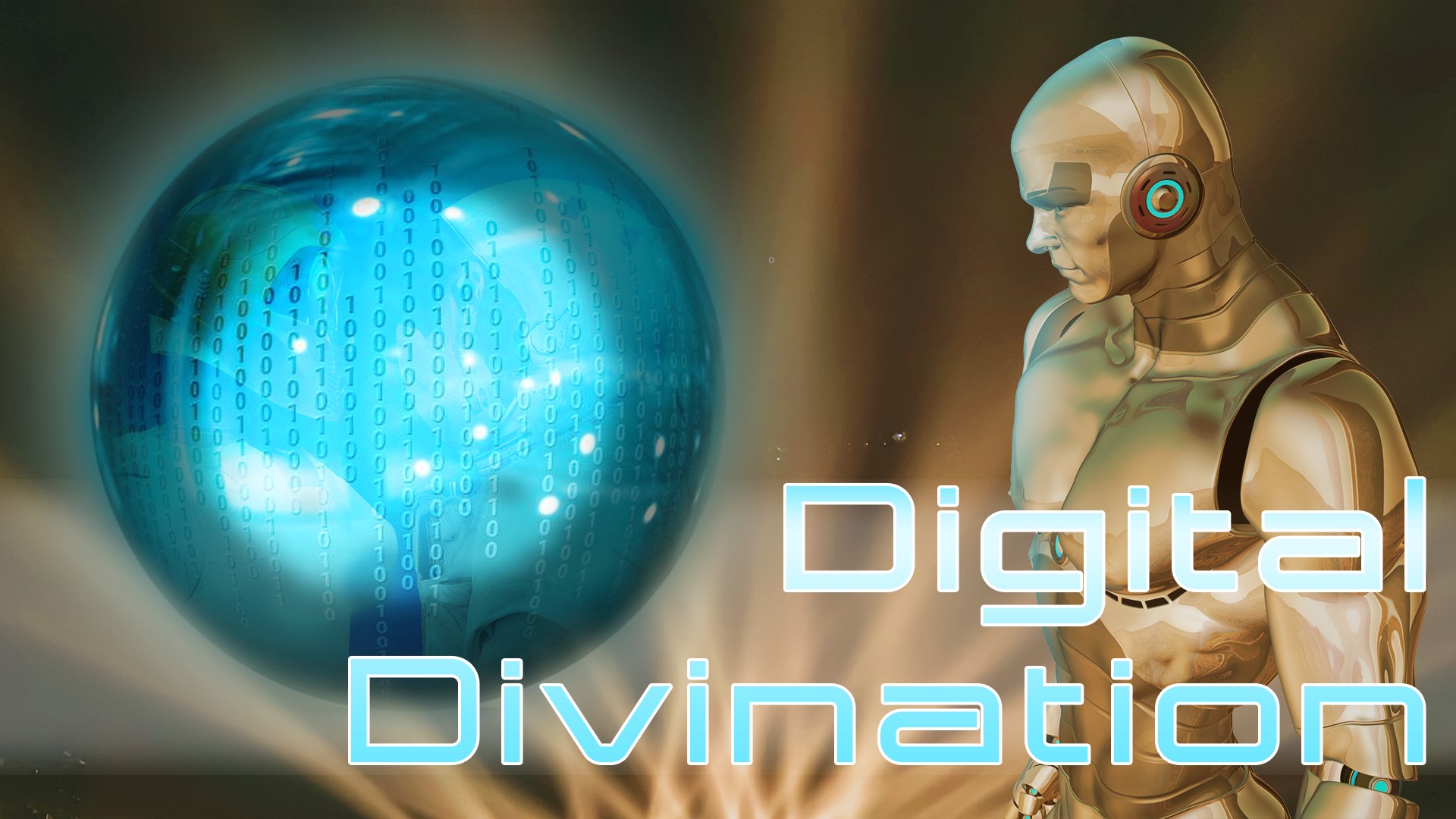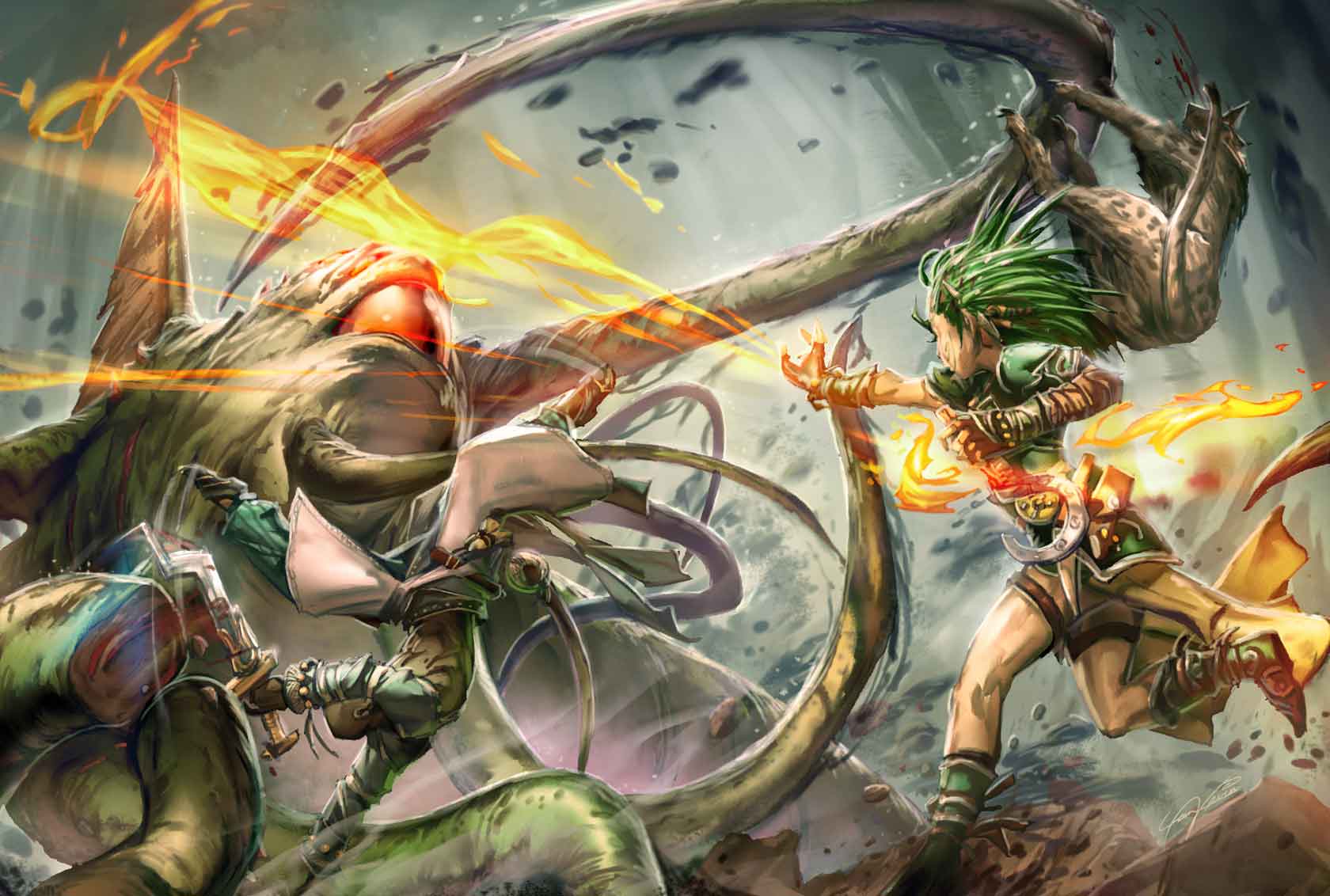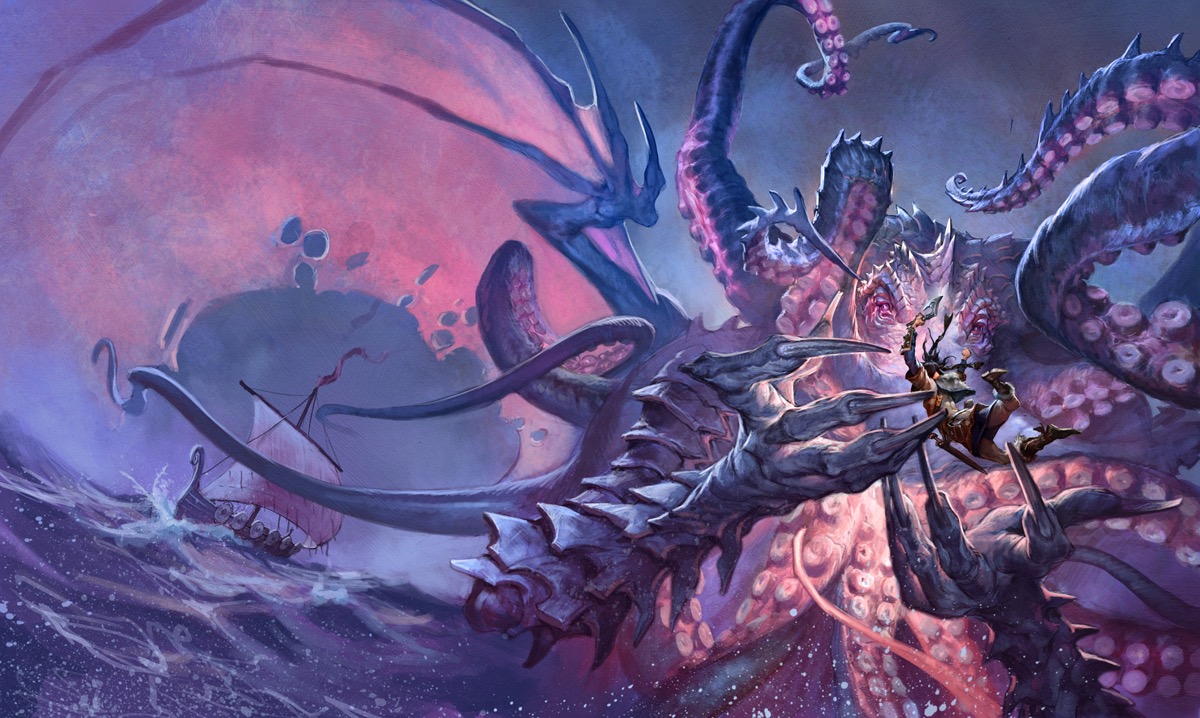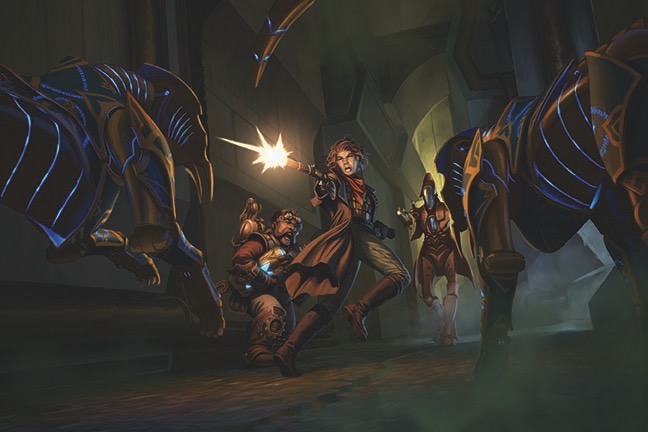There’s nothing in the world quite like battling a paladin to the death. One soul, shrouded in radiant glory. One mind, ever focused on delivering their justice upon you. With God’s given authority in their voice, they raise their sword towards you and declare their holy smite. Oh, that look in their eyes. That unforgettable gaze. A lifetime of training, faith, and warfare has brought them to this moment.
And in that one moment, you are the only thing in the world that matters to them.
– Daranil Aldaris, necromancer and heretic of the cult of Urgathoa.
Hello and welcome to Edritch Excursion, the blog that squares up with mechanics and battles for that sweet, juicy flavor. In this examination of fluff and crunch, we’re going to take a look at combat. But unlike last time, where I looked through the lens of character expression, we’ll be looking at the mindset of a combatant.
Combat is an interesting thing in tabletop RPGs. In most books, it takes up the majority of the rules. As a player, you’re encouraged to consider the tactical application of your class abilities, equipment choices, and the future coffin stuffers that made the dire mistake of pointing a weapon at you. It’s safe to say that your character is also in a combative mindset. In fact, rules of the cosmos actually reorient themselves as the fighting starts.
A Mind For War and a War of Minds
Consider the initiative rounds of a game. Combat is supposed to move in a dynamic, fluid fashion, but the motions are still locked in turns. Despite your mind’s eye telling you that two teams of combatants are charging heroically at one another at the same time, in truth the barbarian crit his initiative roll so he’s going to run past the front line and flatten the enemy’s spellcaster before their front line can react. The monsters will stand, glass-eyed and frozen, as the sorcerer takes his allotted six seconds to conjure a massive earth elemental from thin air. Before they even got to act, the enemy now finds themselves between a rock and an angry place.
But most gamified of all are the abilities that specifically work in combat, and only in combat. Abilities that come to mind include the swashbuckler’s panache and the evolutionist’s mutation points. These and similar abilities allow a character to achieve extraordinary feats in combat, including forms of mobility that are otherwise unavailable and borderline magical effects. In fact, the solarian’s whole kit seem to function less effectively (or not at all!) when you’re not in a struggle to the death.
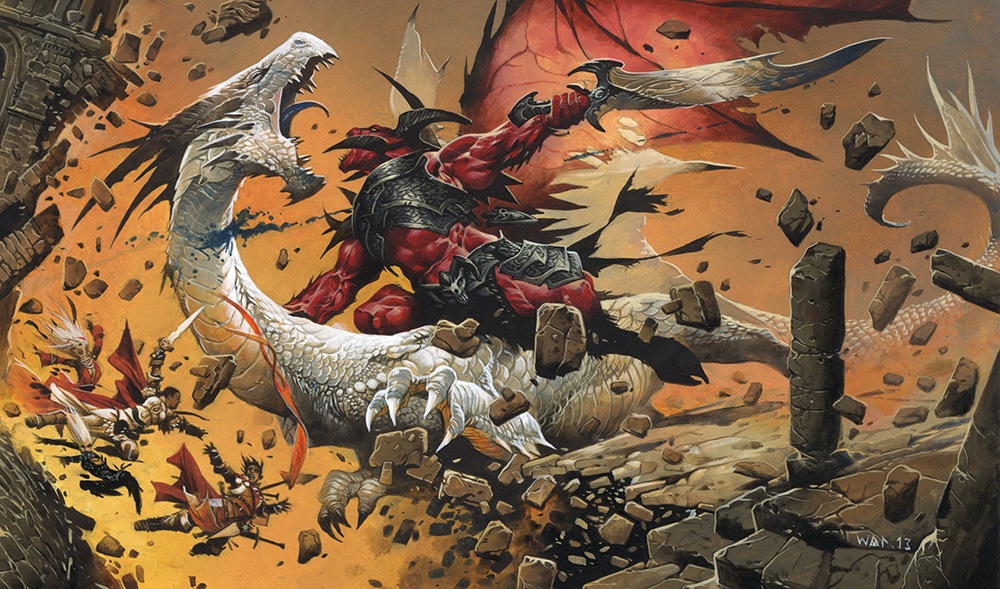
This scene would be less exciting if they were merely debating worldwound expansionism over a cup of tea.
If you’re anything like me, you might indulge in a philosophy that I like to call mechanical literalism. The idea is if the rules that dictate reality are consistent and observable, then people must be aware of them. Disbelief can only be suspended for so long. And awareness of such abilities demands an explanation. Thankfully, the majority of them are open to a flavorful interpretation.
– The one thing Riavaan loved more than being a pirate was getting drunk and telling the stories about the fights she got into on the high seas. Of course, she was an expert fencer that could swing steel at a moment’s notice. But there was something inside of her, a potential for greatness that would only come out when she knew in hear heart of hearts when a fight was a real fight. A story in the making. If she wasn’t feeling it, she just couldn’t muster the strength.
– Ever since the accident at the lab, Doctor Kemadin’s body seemed to have a mind of its own. Or, more accurately, an instinct of its own. It would still obey him, still grow and sheath his bone-scythe claws upon command. It would also adapt to battle, growing chitinous plates of armor or extending his legs to aid in pursuing his prey. But no matter what happened, his always seemed to know when he was in real danger, and never fully awakened outside of fight-or-flight situations.
So for one reason or another, be it class fantasy or game balance, some classes can only access the entirety of their kit in combat. But what if you want to use those ‘limit break’ style abilities to solve puzzles in dungeons or just impress NPCs?
There’s No Kill Like Team Kill
Players (and through them, their characters) are known for trying to use the game’s mechanics to their benefit. It creates some of the more interesting stories. This mechanical literalism might find PCs openly pondering if they can gain combat benefits from having a practice fight. But what constitutes such a practice fight? Does a couple rounds of exchanging unarmed strikes work? Does it require a formal declaration and a third party to act as referee? The usual answer is to stress test the GM’s patience and hope for the best, but that isn’t good enough for me.
Let’s give it a formal mechanic, starting with Pathfinder.
Invoke the Warmind
[Concentrate] [Exploration] [Uncommon]
Through ritualistic declarations of hostility, and a bit of sparring, and the consumption of mild hallucinogenic substances, you trick your mind into thinking your own allies are a potential threat. Any passive benefit that only functions in combat, such as the swashbuckler’s increased speed from panache, remains active in this state of continual alertness. Use of these abilities during your continual stress may cause you to become fatigued, as determined by the GM. Because of the artificially induced paranoia, you do not count any creature as allies. This paranoia persists during any combat that starts while you are still invoking the warmind.
And let’s give you an option for Starfinder while we’re at it. Something spicy.
Originally developed as a training supplement by a coven of assassins, the powdery substance known as “the crimson truth” finds popular use among those who benefit from a state of extreme high alert.
The Crimson Truth
Level 6; Price 900
Type drug (ingested or inhaled); Save Fortitude DC 18; Addiction DC 18 (physical)
Track Constitution and Wisdom; Effect +2 morale bonus to Perception and Sense Motive checks against surprise attacks for one hour and treat all abilities as though you were in combat (such as the solarian’s stellar mode) for 2d4 rounds. During this hour, you are incapable of recognizing any creature (other than a class feature like the mechanic’s drone) as an ally.
And now you have something to add a little extra kick to your adventuring. Want to feel that rush of combat but the GM isn’t giving you your fix? Just create the sense of anxiety and danger yourself with a few war chants and a mouthful of questionable edibles.
Come back next time and I’ll explain why BBEGs make for the best level 1 quest givers.

